How $5 and the Stash App Turned Me Into an Investor
Super-low minimums and smartphone accessibility make it easy for young investors to learn the ropes.
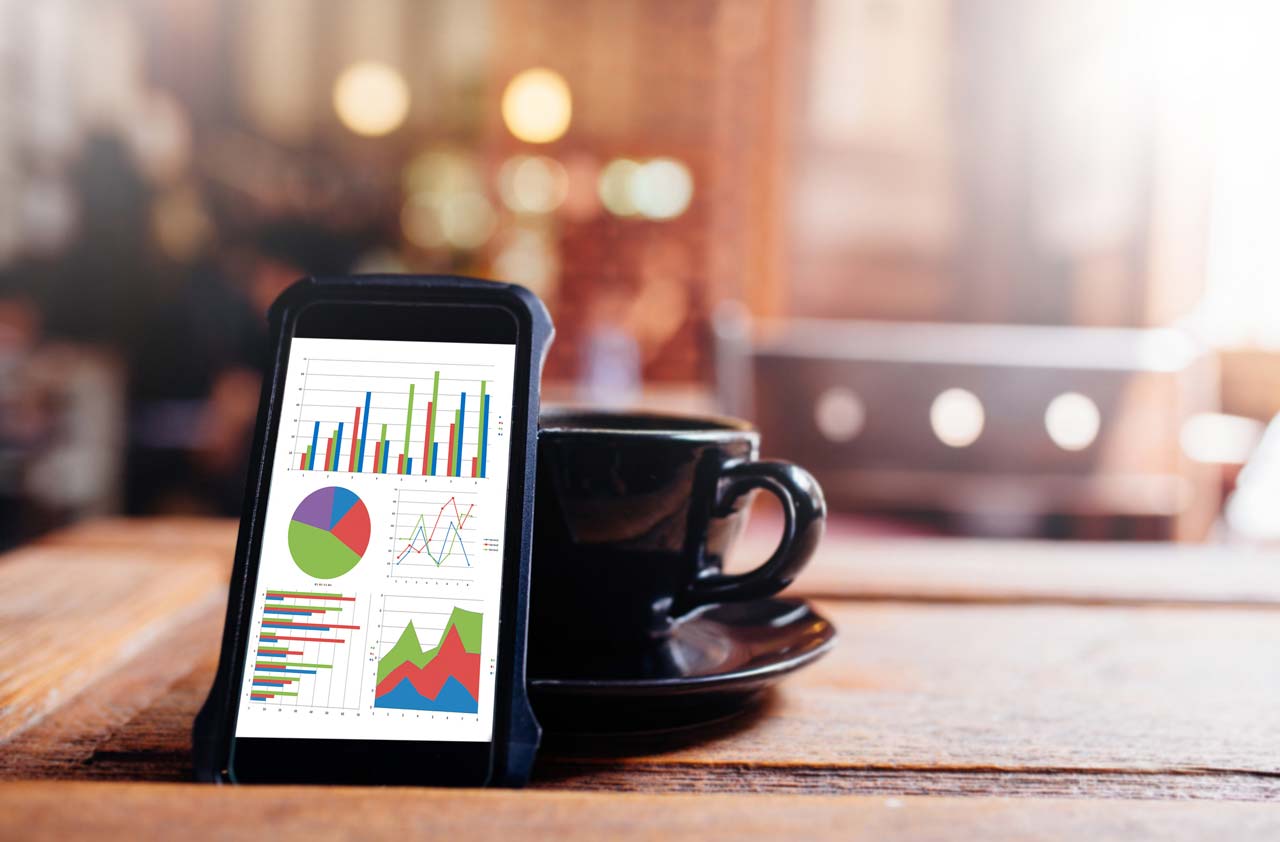

Five bucks, a smartphone, and boom: I'm an instant investor. With the Stash app, the investing world suddenly became more accessible and less intimidating to me.
I’ve only been a Stash user for a few weeks, but I’m impressed so far. The minimum investment—you only need $5 to get started—initially attracted me. Because I’m a first-time investor, the larger amounts required to open a traditional brokerage account put investing somewhat out of reach. But with Stash, I’m learning about markets and trading, along with learning about my tolerance for risk, without putting too much money on the line. I’m hoping these lessons will pay off down the road when I have a bigger nest egg to invest. In the meantime, there’s no excuse not to try the Stash app because my phone is always a few inches from me.
The key to Stash's success is that it narrows your investment choices to just a few suitable options, rather than leaving it up to you to pick from the many thousands of stocks, bonds and funds available to individual investors. How does it work? When I signed up for the app, I answered questions about my age, employment status, investment goals, risk tolerance, time horizon and so on. Based on that information, Stash assigned me a risk level, which helps determine the investment choices I have. Stash says I have a "moderate" risk level, when it comes to investing; other risk levels are "conservative" and "aggressive."

Sign up for Kiplinger’s Free E-Newsletters
Profit and prosper with the best of expert advice on investing, taxes, retirement, personal finance and more - straight to your e-mail.
Profit and prosper with the best of expert advice - straight to your e-mail.
The Stash app scores points for creativity by serving up investment choices in three relatable categories: I Believe, I Like and I Want. As the name suggests, the I Believe category lets you invest in your convictions, from clean energy to workplace equality. The I Like category offers investments in the things you, well, might like, from social media to shopping. The I Want category emphasizes choices that align with your investing goals, in particular your risk tolerance and time horizon, to make sure you will actually be able to get what you want.
Despite the monthly fee, I'm willing to stick with Stash once the free trial expires. I see the app as a way to build my investing chops and figure out who I am as an investor. I'm learning how to ride the market at the expense of a few soy lattes at Starbucks – calories I can do without anyway.
Get Kiplinger Today newsletter — free
Profit and prosper with the best of Kiplinger's advice on investing, taxes, retirement, personal finance and much more. Delivered daily. Enter your email in the box and click Sign Me Up.

Rivan joined Kiplinger on Leap Day 2016 as a reporter for Kiplinger's Personal Finance magazine. A Michigan native, she graduated from the University of Michigan in 2014 and from there freelanced as a local copy editor and proofreader, and served as a research assistant to a local Detroit journalist. Her work has been featured in the Ann Arbor Observer and Sage Business Researcher. She is currently assistant editor, personal finance at The Washington Post.
-
 Stock Market Today: Stocks Soar on China Trade Talk Hopes
Stock Market Today: Stocks Soar on China Trade Talk HopesTreasury Secretary Bessent said current U.S.-China trade relations are unsustainable and signaled hopes for negotiations.
By Karee Venema
-
 2026 Disney Dining Plan Returns: Free Dining for Kids & Resort Benefits
2026 Disney Dining Plan Returns: Free Dining for Kids & Resort BenefitsPlan your 2026 Walt Disney World vacation now. Learn about the returning Disney Dining Plan, how kids aged three to nine eat free, and the exclusive benefits of staying at a Disney Resort hotel.
By Carla Ayers
-
 Bond Basics: Zero-Coupon Bonds
Bond Basics: Zero-Coupon Bondsinvesting These investments are attractive only to a select few. Find out if they're right for you.
By Donna LeValley
-
 Bond Basics: How to Reduce the Risks
Bond Basics: How to Reduce the Risksinvesting Bonds have risks you won't find in other types of investments. Find out how to spot risky bonds and how to avoid them.
By the editors of Kiplinger's Personal Finance
-
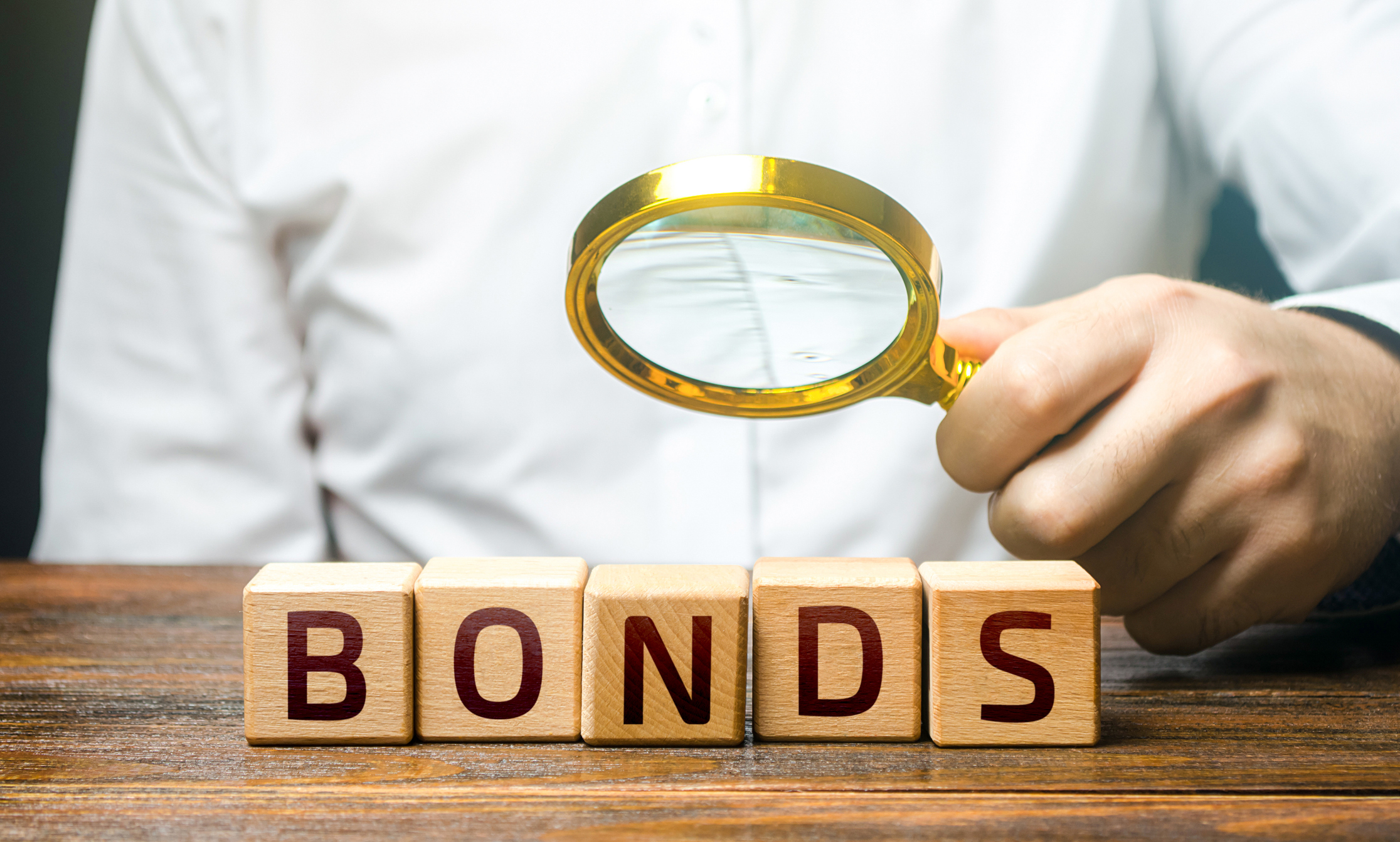 What's the Difference Between a Bond's Price and Value?
What's the Difference Between a Bond's Price and Value?bonds Bonds are complex. Learning about how to trade them is as important as why to trade them.
By Donna LeValley
-
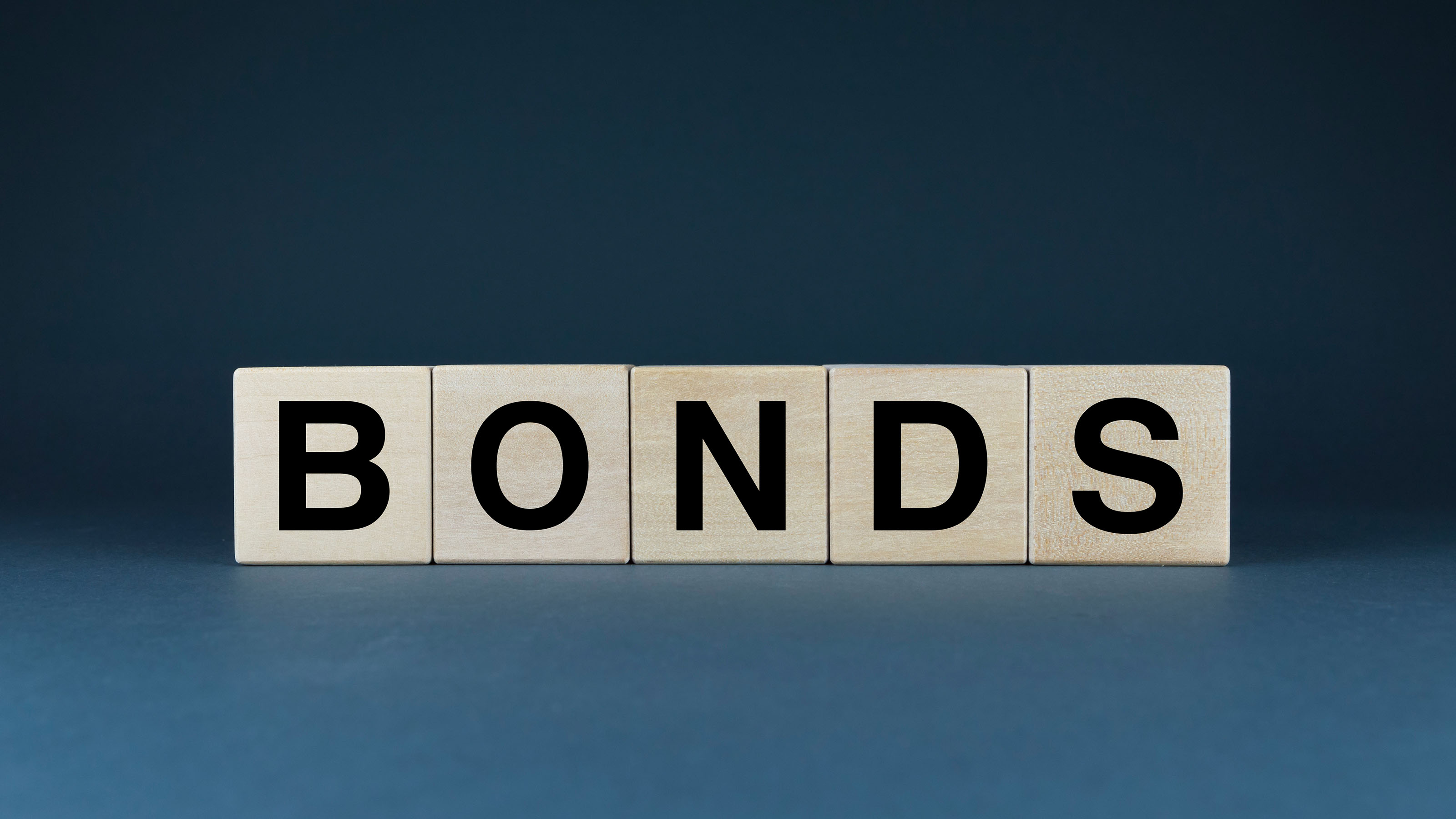 Bond Basics: U.S. Agency Bonds
Bond Basics: U.S. Agency Bondsinvesting These investments are close enough to government bonds in terms of safety, but make sure you're aware of the risks.
By Donna LeValley
-
 Bond Ratings and What They Mean
Bond Ratings and What They Meaninvesting Bond ratings measure the creditworthiness of your bond issuer. Understanding bond ratings can help you limit your risk and maximize your yield.
By Donna LeValley
-
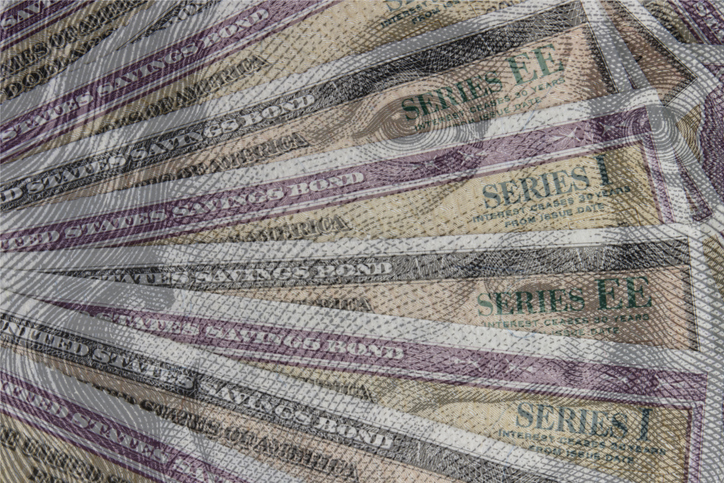 Bond Basics: U.S. Savings Bonds
Bond Basics: U.S. Savings Bondsinvesting U.S. savings bonds are a tax-advantaged way to save for higher education.
By Donna LeValley
-
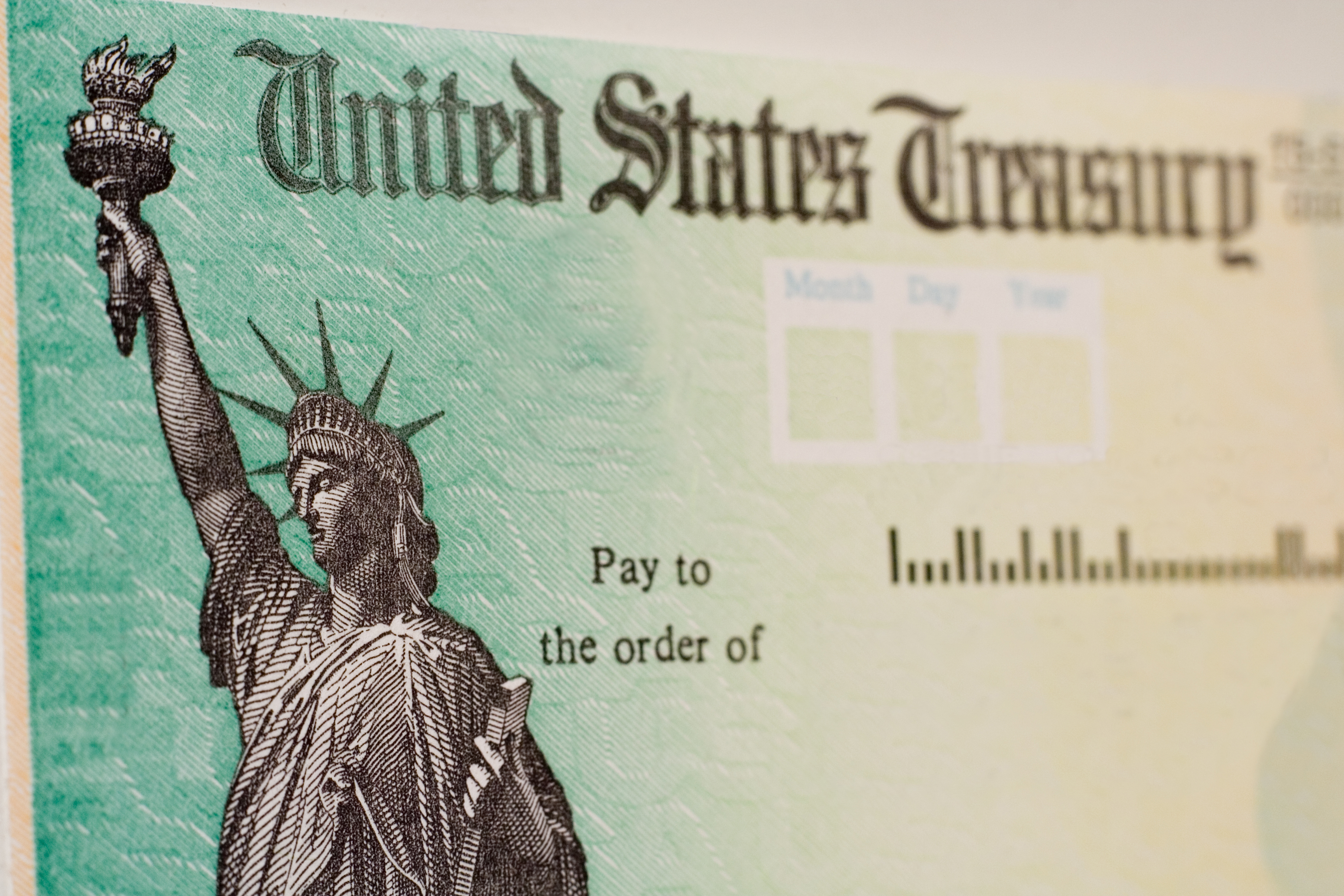 Bond Basics: Treasuries
Bond Basics: Treasuriesinvesting Understand the different types of U.S. treasuries and how they work.
By Donna LeValley
-
 Bond Basics: Ownership
Bond Basics: Ownershipinvesting Bonds come in a variety of forms, but they all share these basic traits.
By Donna LeValley